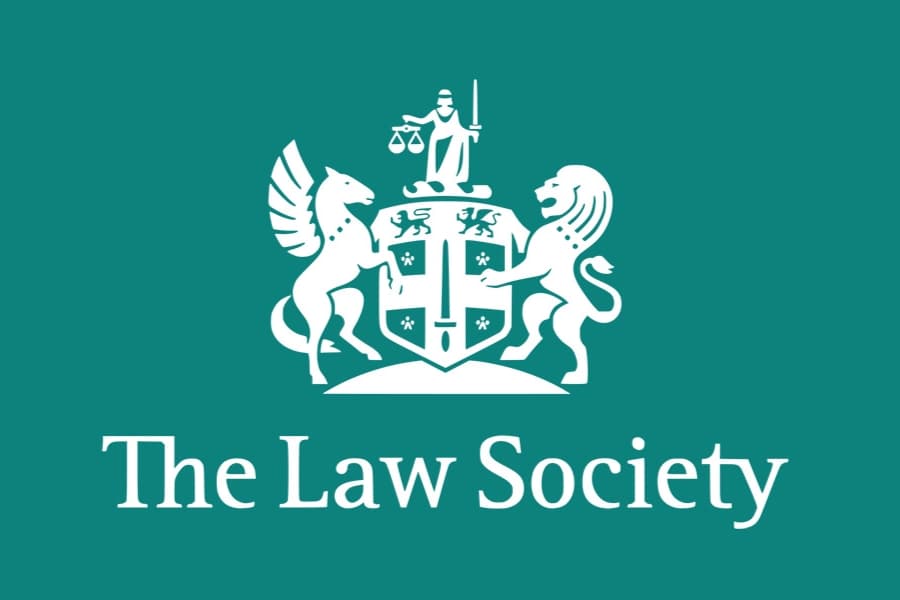Stephen Jewell, of HM Revenue and Customs, has issued some guidance explaining the importance of quoting the correct reference number and bank details when paying Stamp Duty Land Tax (SDLT).
The HMRC has said that they receive a significant number of calls and letters from customers querying if they have received their SDLT payment, or why they have received a payment demand.
They say that this problem is usually caused by quoting an incorrect or incomplete Unique Transaction Reference Number (UTRN) meaning that they cannot easily or quickly locate payments, or match them to the right SDLT return and customer account.
This leads to automated payment demands going to purchasers and their agents, with time and effort needed by customers and HMRC to resolve.
To avoid problems they have advised to use the UTRN associated with that specific transaction.
The UTRN has 11 characters, for example: 123456789ML.
They have issued the following tips on how to pay SDLT correctly:
– If you filed online, the UTRN is on the receipt (called the Submission Receipt and Electronic SDLT5 certificate). The online receipt also includes a successful submission receipt number (made up of 32 characters). You should only quote the UTRN (not the receipt number) with the payment.
– If you filed a paper return, the UTRN is on the payslip at the back of the form.
– If paying SDLT by cheque, you must write the UTRN after ‘HM Revenue & Customs only’ on the front of the cheque.
– If sending one cheque for multiple transactions you should enclose a list of all the UTRNs (and amount paid in respect of each).
It is equally important to use the correct HMRC bank details for SDLT to ensure they allocate payments to the correct tax (there are different accounts for different taxes).
The correct account details for paying SDLT are: Sort code: 08 32 10 Account number: 12001020 Account name: HMRC Shipley
The above bank account information is only for payment of Stamp Duty Land Tax, and should not be used to pay Stamp Duty or Stamp Duty Reserve Tax.




















